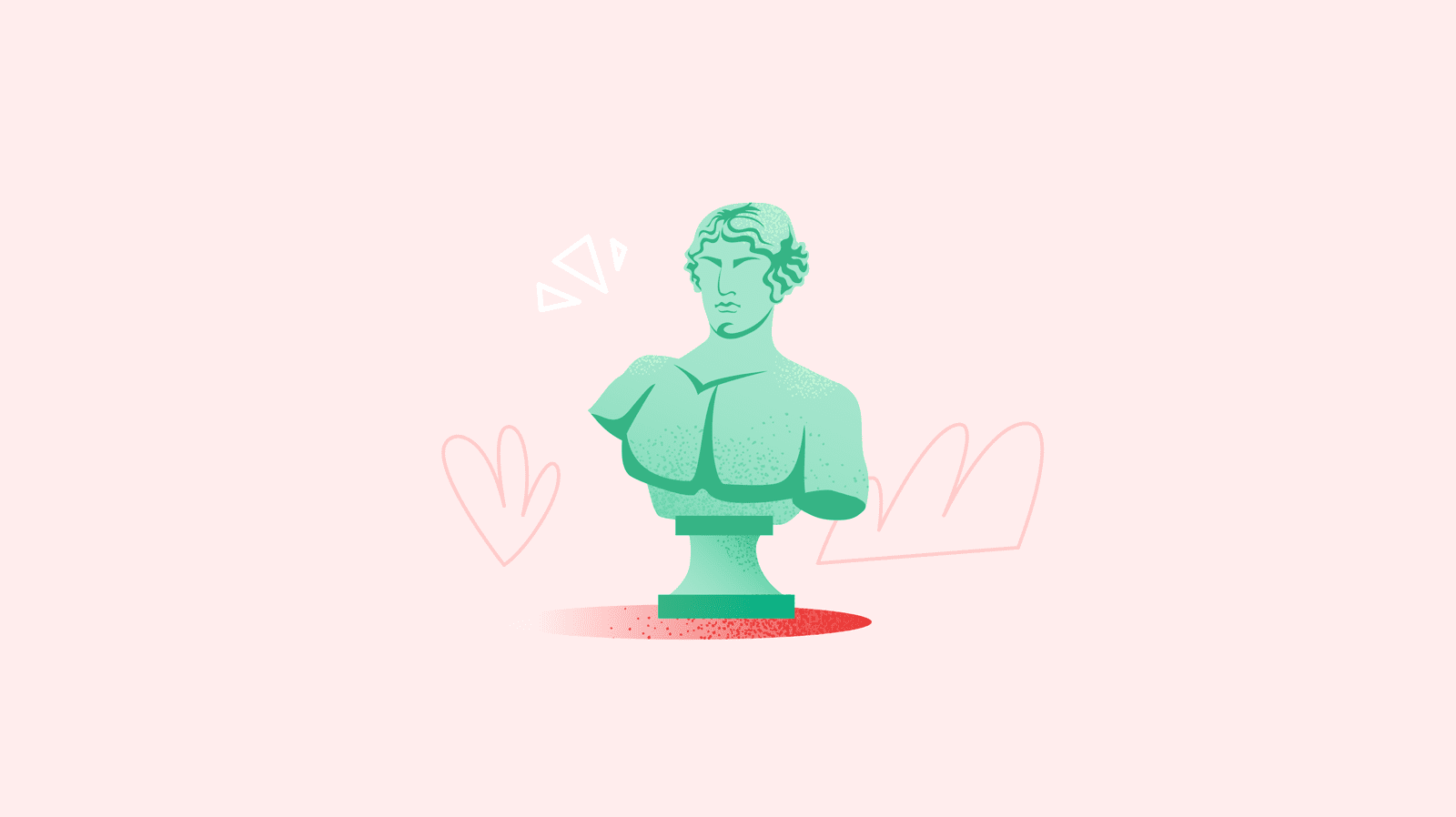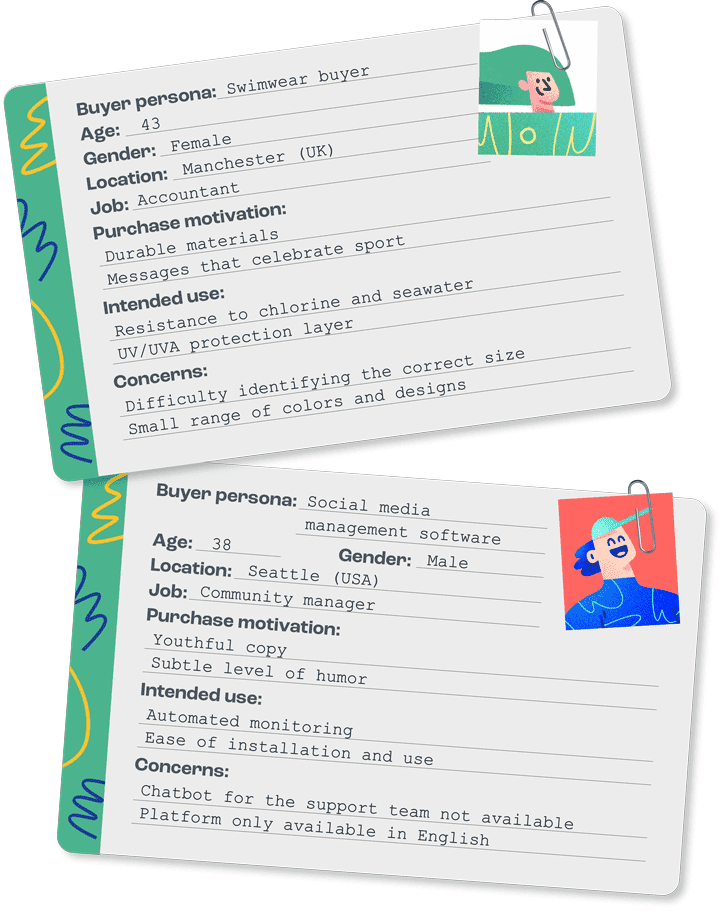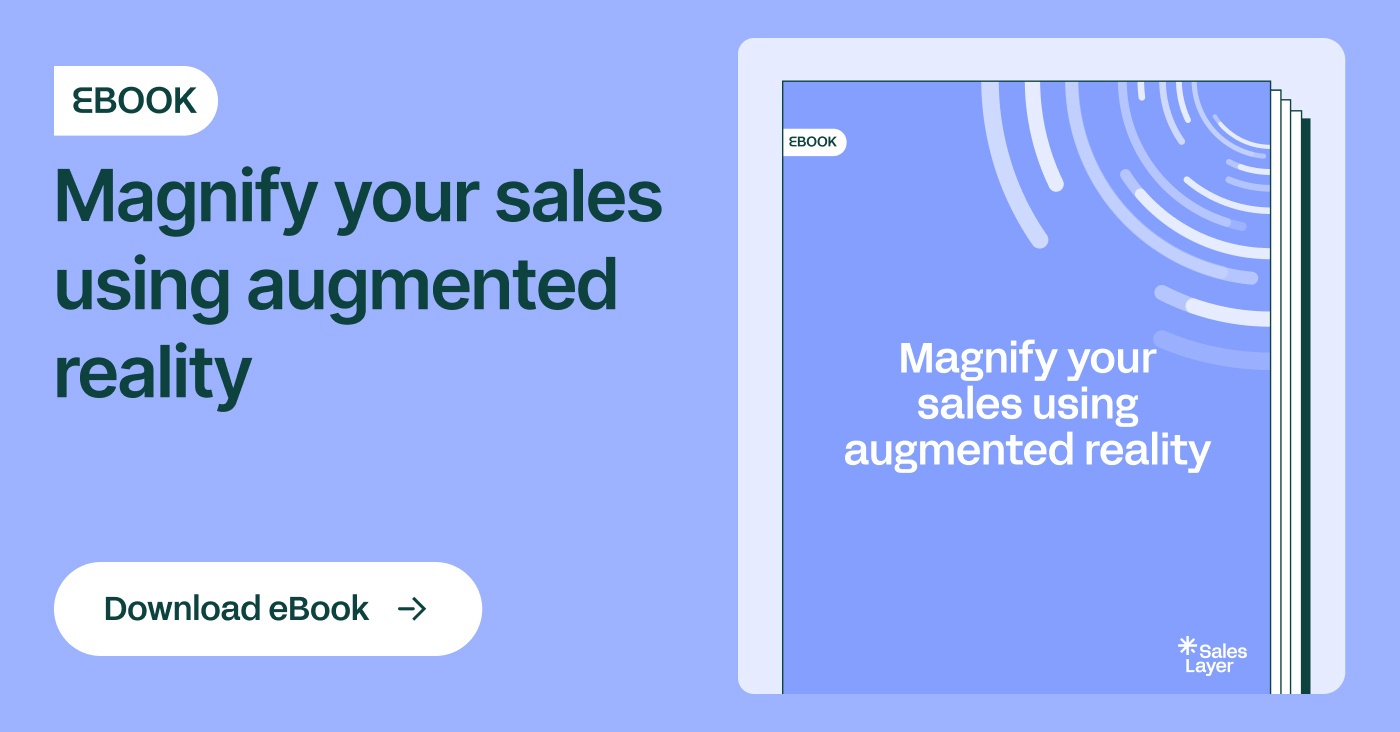
What is a buyer persona?
A buyer persona is the ideal customer or buyer profile for the products or services that a business is selling. It is based on information obtained from market research, as well as current and potential customers.
It is important to realize that a buyer persona is not used to define the profile of your existing customers, but rather what your perfect customers would be like. It is possible that both of these will already coincide. If this is the case, then you are in luck!
Creating a buyer persona should be a priority for any company. Carrying out this type of research shows that the company cares about its potential customers and is trying to understand them and adapt the product or service, along with its message, to their needs.
Buyer personas are almost like a type of “fictional character”. Developing these profiles will allow you to define all the ideal characteristics that the perfect customer should have. However, as you already know from experience, in reality every customer has their own unique traits and tendencies.
A buyer persona is a profile that helps you to find out as much as possible about your target audience. This enables the team members of your company to accurately define and understand the perfect customers for your product or service.
→ Define your buyer persona, so you can design a better user experience
Uses and benefits of buyer personas
- Product development: Buyer persona descriptions help the development team to create products and services with the end user in mind, and to adjust and modify various aspects based on the actual demand.
- Content creation: The marketing department will be able to work more closely with the sales team, since they both share the same target customer profiles. This allows them to better adjust and target messages, slogans, advertising campaigns, events, content, channels and the way contact is made with customers.
- Sales tracking: Sales representatives will be better able to serve customers who are experiencing problems and target any who seem hesitant. By using the information contained in the buyer persona, they can better understand their habits and background. This lets them determine the best way to deal with each customer, and the factors that are most important from their point of view.
- Customer Support: If your team understands the buyer persona well it can be a very useful tool during initial consultations, and when addressing any specific concerns customers might have. They will appear more empathetic and will be able to identify the most common problems that usually come up, while highlighting the benefits the customers are looking for.
- Corporate organization: Defining the product or service and developing a market and positioning strategy and a distribution network tend to be the primary focus of a company. This means that the real objective, the customer, is relegated to second place. Working with buyer personas enables all the company's departments and goals to be focused in the same direction.
→ Who is the omnichannel customer? Discover a new buyer persona
Having a buyer persona is important because it gives meaning to your business. A product or service needs someone to buy it. If it is not clear who that person is, how they think and feel, and where they are located, it will be very difficult to increase sales.
And this approach is not only beneficial for you, but also for your customers. By improving your message and product content and making it more targeted, you are demonstrating that your brand knows its customers and understands the information and purchasing conditions they require.
How can you resist a product or service that feels like it was made just for you? A buyer persona may be a fictional character, but it will help you win loyal customers.
→ Related topic: How to promote brand loyalty within your customer network
How to build a buyer persona for your business
To create a buyer persona, you need raw customer data, from which you can extract common patterns and denominators.
The end goal is to build a profile of the ideal buyer persona, based on information about real customers. Complaints and reviews, interests, search engine keywords, platforms used, difficulties they have encountered during the process, etc.
Every customer has a set of unique characteristics. In order to create buyer personas, it is necessary to identify the characteristics they all have in common.
The buyer persona may be very clear for your business already, but you may be surprised to discover new niches that you had never even considered before.
For example, if you sell sewing machines you could start with a typical profile of an elderly female customer who likes to sew. But did you think about a younger buyer persona? This could possibly be someone who owns a clothing store of who makes handbags, who is looking for affordable sewing machines for stitching labels.
When creating a buyer persona, you have to include basic information, such as demographics, tendencies and habits, online and offline purchasing behavior, and any values they have that are applicable to the product or service.
→ Discover more: Why the multichannel approach is the future of ecommerce
So now, how can you get ALL that information?
If you already have your business up and running, you can use data from current or former customers. You could also use potential customers or cold calling via third parties, work colleagues or social media, especially if you are interested in researching a new market or space.
Methods for creating a buyer persona
- Do your own research: Analyze your database and history to find patterns in the way your customers find or contact you.
- Active participation: Questionnaires, surveys and interviews can be done in person, in writing, or remotely online or by phone. They can be conducted individually or in study groups, with either former customers or those who have made a recent purchase, or even with users who fit the profile of a potential buyer. Use language and vocabulary suited to your buyer persona profile, so that the customer is encouraged to give more detailed answers.
- Contact network: Information obtained from your sales representatives, retailers and distributors, who know first-hand how users react to your product or service, what questions they usually ask and what their most common concerns are.
- Market research: Analysis of buying and selling trends, articles on statistics and advances in your industry, keywords associated with your product, service or industry, and what your competitors are doing.
- Web analytics: Numerical data and graphs about the traffic of your channels that show where customers visit you from, how they navigate your website, what they look at, what they download and what they overlook.
→ Check it out: How to use heat maps software to analyze the traffic on your site
Once you have collected, analyzed and identified the key data relating to your buyer persona, create profiles that everyone in your company can consult. It can be a good idea to create fake names and use stock photos for your buyer persona profiles, to make them feel more human. This is not completely necessary and will depend on how your employees can best handle the information.
Is one buyer persona enough? Or do you need more than one? Again, this will depend on your business model.
Ideally, it is best to start with one, but often there may be as many as 5. Just create as many as you need.
However, for obvious reasons you shouldn’t have more than 20. It will cause you to lose sight of your objective and increase the amount of work that needs to be done.
Companies that have a high number of buyer personas, usually offer services with a long procurement chain involving several different people. It is not as useful to reach out to a company’s marketing department, who could discover your software by chance on an Internet forum, than to contact the CEO directly, as they will be the one to decide if the service should be implemented by the company.
Is there such a thing as a negative buyer persona?
Finding the perfect customer sometimes feels like looking for a needle in a haystack. The difference between positive and negative buyer personas can be hard to define. To make this process easier, we find it helpful to use an analogy, such as peacocks and ostriches.
Your goal is the “peacock” approach. You can project the best possible image of your brand to this type of customer and make them aware of all the advantages of your product or service. It is a useful profile for attracting the right type of customers.
On the other hand, you should avoid the “ostrich” approach. This type of customer is not going to get you any conversions and should be eliminated from your marketing and sales radar.
As soon as you see one, bury your head in the sand!
Defining your negative buyer persona can be useful for customer segmentation, and to reduce traffic and queries that don’t result in conversions.
This could be students who only visit your website looking for content for assignments, or customers who do not have the technical knowledge needed to use your service, or the level of purchasing power required to buy your range of products.
Examples of buyer personas
Do you want to have a look at some examples of buyer personas?
Here are a couple of examples of different types of buyer personas, which will give you an idea about the kind of effect they can have and how easy they are to consult.

If you are worried about how you are going to manage all the information that is required to create your buyer persona, there are software resources for automating this task. Tools like Xtensio’s User Persona Creator or Make My Persona by Hubspot are platforms that are very easy to use. They allow you to gather information about your customers and setup profiles that you can review and adjust at any time.
Buyer persona templates adaptable to any industry
There is some key data that must be included in every buyer persona profile:
- Name
- Gender
- Age
- Geographical location
- Personal interests
- Work details
- Personal details: routine, hobbies, events they usually attend
- Favorite channels for viewing content
- Type of vocabulary and keywords used in online searches for the service or product
- Why they want to buy the product or use the service
- Typical problems related to the type of service or product
- Level of knowledge and previous experience with the product or service
The more questions you include, the more detailed your buyer persona will be. However, sometimes you don’t need to ask about everything. If you sell hair dryers, chances are you don't need to know what your customer's childhood was like or if they prefer dogs or cats.
The layout and format of the buyer persona is also important: make the process of compiling information very easy for your customers. It is also important that the buyer persona profiles are very intuitive for your team members to consult.
And remember that if you use buyer persona templates as questionnaires for real users, you must guarantee the protection of their data, their anonymity and that they will not be contacted in the future by the sales team.
Buyer persona template for personal questions
- Age
- Gender
- Marital status
- Children
- Geographical location
- Income
- Level of education
- Religion
- Interests: sports, favorite content, hobbies...
Buyer persona template for professional questions
- Type of job
- Professional background
- Industry or sector
- Company
- General skills
- Skills relevant to your sector
- Daily tasks
- Level of technological proficiency
- Tools and programs used daily
- Management level. Are you in charge of any employees or teams?
- What are your goals?
- What are your shortcomings?
- What challenges do you often come up against in your job?
- What challenges have you set yourself?
- What do you aspire to in your professional career?
Buyer persona template for questions about the product or service
- When did you first buy it?
- What was your primary motivation?
- Where did you discover it?
- How did you make your purchase?
- How often do you buy it?
- What would make you stop buying it?
- Is there anything that could be done to improve the product or service?
- What do you use it for?
- What problems has it solved for you?
- What is the most valuable thing about it for you?
- What is your preferred way to be contacted?
- What channels have you used to communicate with us?
- What information would you like to have known before trying our service or product?
Buyer persona template for questions about inquiries and use
- What channels do you usually use to make an inquiry?
- How much time do you spend on the Internet on an average day?
- Which online search engine do you use most often?
- Which marketplaces or web pages do you prefer for making online purchases?
- Where do you find out about products or services you are interested in?
- Do you prefer shopping in-store or online?
- What are your preferred ways of making payment?
- How do you communicate with your colleagues and your personal network?
- What communication platforms do you often use?
- What types of social media accounts do you have? Are you active on them?
- What professional and personal events do you usually attend?
Conclusion
Now you know what a buyer persona is in theory, even if you haven’t worked out what yours is yet.
Getting started is easier than it sounds, although it does require rolling up your sleeves and doing extensive research on your target audience and customers. It is a rewarding process because it benefits all the departments of the company.
Keep expanding and modifying your buyer persona regularly, because they are not set in stone and can evolve. The customers’ preferences can change, and your company and the markets you are targeting can also change.
To change quickly, it's important to keep on top of everything: product data centralization software like Sales Layer's PIM allows you to update and synchronize your content across all your channels. Try it for 30 days or have a look at the guided demo to find out everything you need to create your buyer persona: quality product content.




.png?width=520&name=Blog%20Partner%20(3).png)

.png?width=520&name=Blog%20Partner%20(1).png)


